Our personal trainers have found that adapting programs and using creative measures to progress resistance personal training programs for our clients during this period have proven valuable.
“It is not the strongest of the species that survives, nor the most intelligent that survives. It is the one that is most adaptable to change.” Charles Darwin
Not being able to go to the gym has forced us to use initiative and be adaptable. The more you’re able to adapt, the more you’re able to thrive.
I’ve enjoyed changing my usual workout routine, adapting a high volume, low intensity approach and getting creative with different exercises and workouts to stay healthy and in shape. I’m going to explain how you can do the same.
When deciding how to periodise a programme (depending on the clients’ goals) two main factors are taken into consideration; volume and intensity.
Volume refers to the amount of sets and reps performed in a workout and intensity refers to the load (weight) used and rest periods in the workout.
Volume and intensity have an inverse relationship. Meaning as one increases the other decreases or vice versa.
For example, if you are bench pressing a heavy weight, say 90% of your 1 rep max, the intensity is high. You can’t perform more than a few reps with this weight because it is so heavy and therefore the volume is low.
As gym equipment isn’t available to most, it is difficult to increase the load used, therefore we must increase volume.
Additionally to this, following the principles of progressive overload, will help to provide new stimuli and force the muscles to ADAPT. Progressive overload is the systematic increase in training frequency, volume and intensity in various combinations. This also helps to avoid the principle of diminishing returns, which suggests monotonous volumes and low frequency of exercise variation can leave an athlete stagnant.
Ways to vary your training:
Increase Reps
Exercise Tempo
Rest Periods
Take exercises to failure
Exercise variation
Uni-lateral exercises
Increase Reps:
As mentioned above, increasing reps increases the overall volume of a workout, essentially meaning we have done more. When looking to vary or increase the difficulty of your sessions, I would recommend to firstly increase the amount of reps you perform, before looking at other ways to change your workout.
Tempo:
Performing exercises at varying tempo’s is a good way of challenging the body and offering new stimuli. Firstly to understand why we vary tempo it is important to understand the different types of muscle contractions.
There are 3 types of muscle contraction:
Concentric phase (upward motion, where the muscle shortens)
Eccentric phase (lowering motion, where the muscle lengthens)
Isometric phase (a pause or hold at any point in the movement, where muscle length doesn’t change)
Manipulating the tempo at different stages of a movement, (for example a slow eccentric lowering of 4 seconds whilst performing a press up) creates time under tension (TUT). The greater a muscle’s TUT, the greater its potential growth stimulus is.
In contrast, more ballistic and explosive exercises (such as a broad jump) that implement the use of a rapid eccentric and concentric phase can potentiate power.
Rest Periods:
Shortening rest periods can be an effective way to increase intensity, however only if you can still perform the required number of reps. For example, if your target is to perform 12 reps of press ups over 4 sets and by the last set you can still comfortably reach 12 reps, then shortening rest periods in between sets can make this more difficult.
Recommended Rest Periods:
Training Goal Goal Repetitions
Muscular Endurance 30s or less
Hypertrophy 30-90s
Strength & Power 2-5mins
Taking Exercises to Failure:
This doesn’t mean taking the exercise to failure on the first set, as this will affect our ability to recover for the remaining sets and we won’t be able to perform as many reps overall. We can use what’s known as “reps in reserve” to judge this.
For example, if we are performing an exercise with a target of 12 reps over 4 sets, then the first two sets you might feel you could have completed another 2-3 reps in the set (reps in reserve). Then on the 3rd set you feel you could have only completed one more rep, then ideally we want to reach absolute failure on the last set, where you couldn’t have performed any more reps.
Exercise variation:
This involves changing an exercise for a given muscle group. For example, there are many variations of a squat that challenge the lower body:
Sissy squat
Sumo squat
Squat jumps
Narrow stance squat
It is recommended to vary exercises every 3-5 weeks depending on the individual.
Uni-Lateral Exercises:
Uni lateral exercises are single leg or single arm movements, such as lunges, single leg squats etc. Uni-lateral movements help to maintain a balance of strength between opposing muscle groups and right and left sides of the body, which reduces injury risk.
These are also a great option when performing bodyweight exercises as they are generally more taxing meaning less load needs to be used.
A final note to finish on is that while its not ideal gyms are closed, research has shown that we won’t lose as much “gains” as you may think.
One study has shown that resistance trained individuals (aged between 20-35) that trained 3 days per week, over 16 weeks and then were reduced to 1/9th of that over a 32 week period, retained the strength gained over the 16 weeks (with only a slight reduction at the final time point). And the muscle size gained was also retained.
Bickel, C. S., Cross, J. M., & Bamman, M. M. (2011). Exercise dosing to retain resistance training adaptations in young and older adults. Medicine & Science in Sports & Exercise, 43(7), 1177-1187.
We can take from this that maintaining size and strength doesn’t take much so quarantine shouldn’t affect your body composition too greatly!
If you’d like home resistance exercise and workouts ideas, then head over to the Soma Fitness YouTube channel, or contact us to book your FREE consultation with one of our personal trainers.


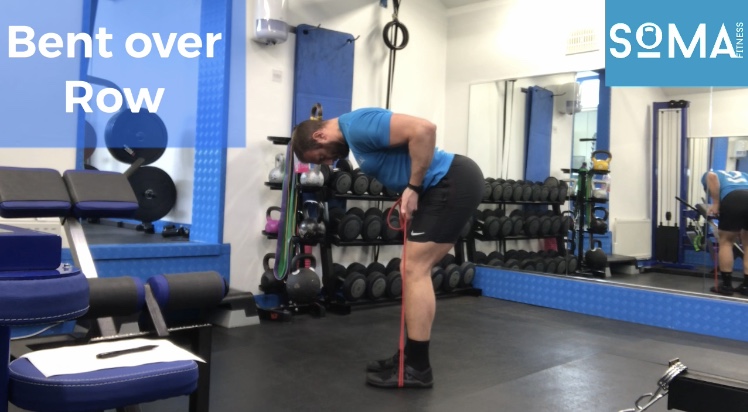
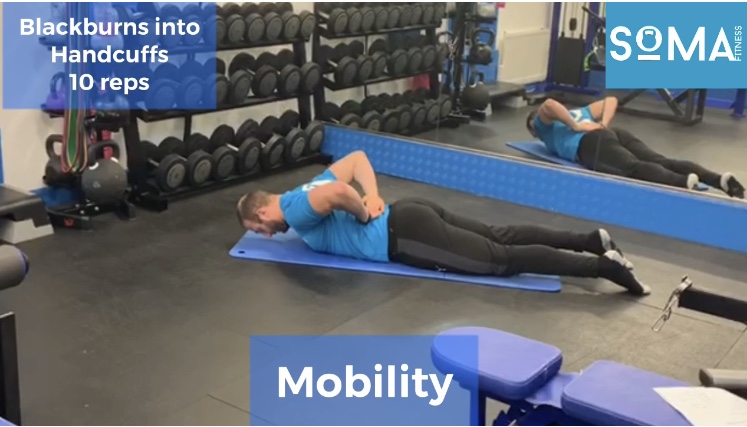
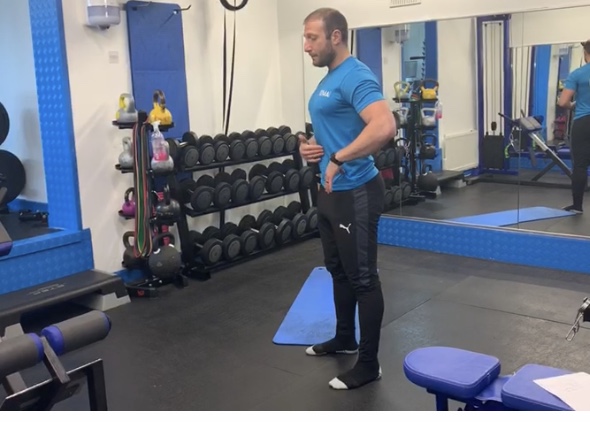
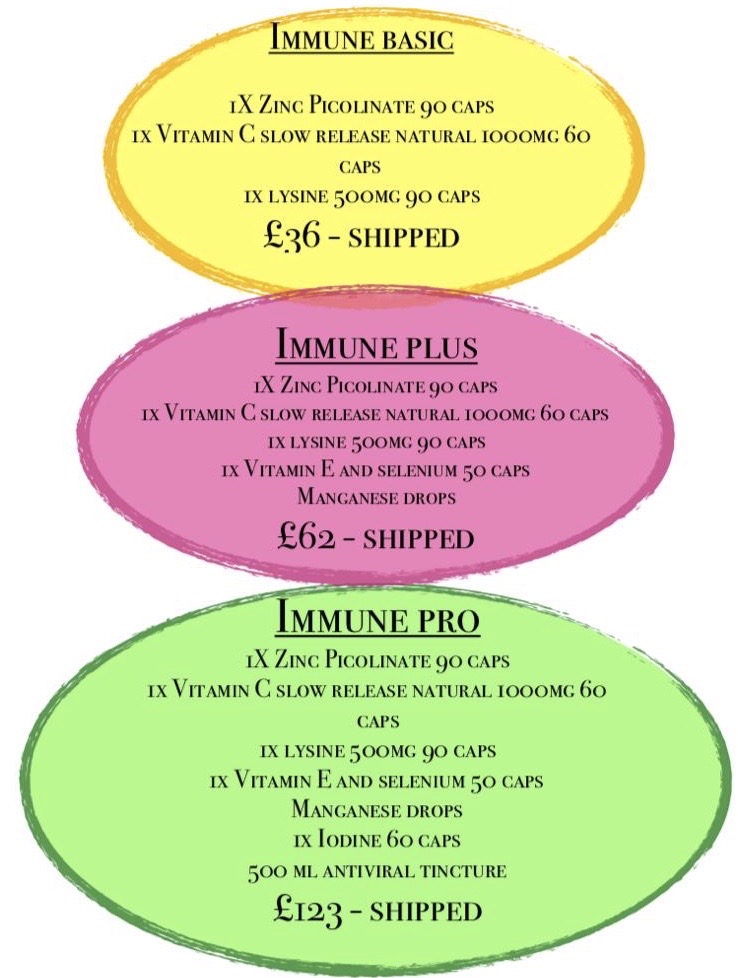
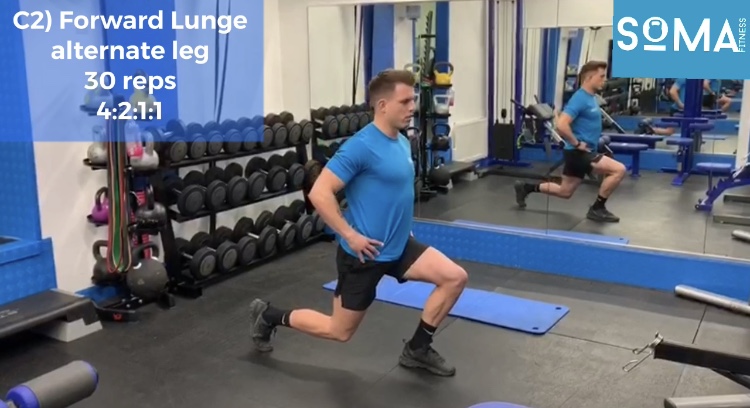
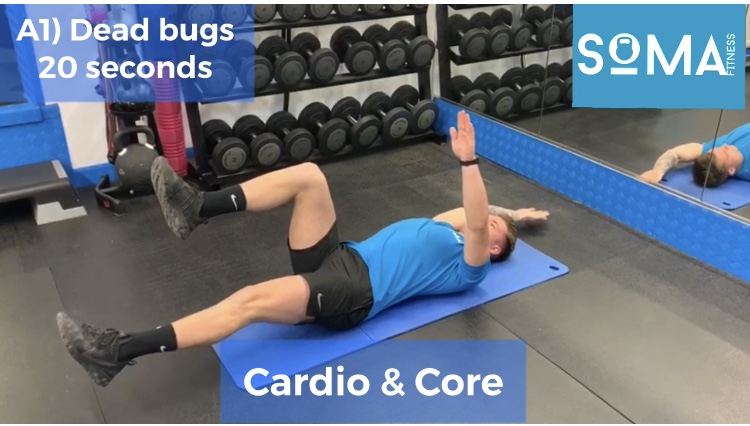
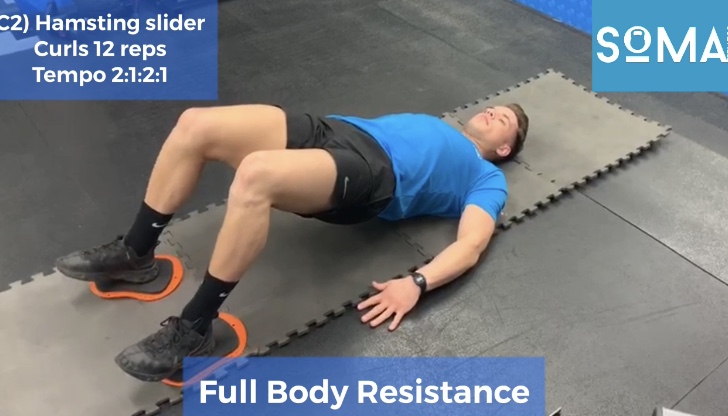
Recent Comments